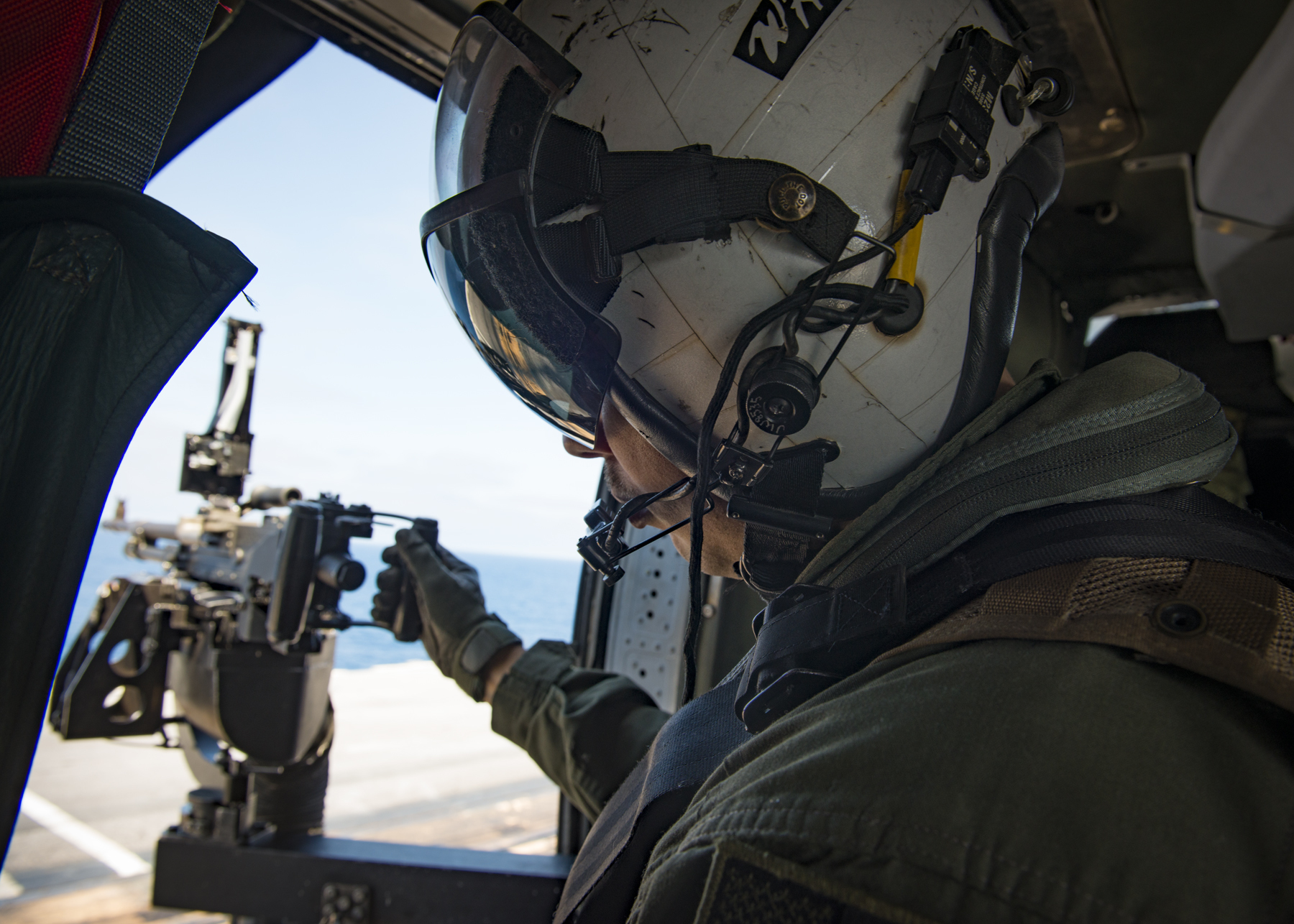
New Navy Budget Request Moves Money Toward Top Two Aviation Safety Priorities
The Navy’s top two aviation safety priorities could benefit from a half-billion-dollar bump in funding for aircraft modification kits if…
Copyright 2024 U.S. Naval Institute. All Rights Reserved.